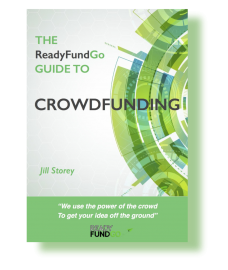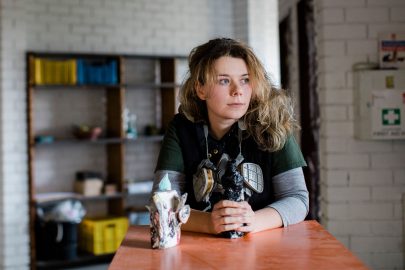
We are delighted that Australian artist Chrystal Rimmer decided to run her crowdfunding campaign with ReadyFundGo.
Chrystal works with recycled plastic she collects from beaches, fields and forests. She creates beautiful sculptures as representations of natural forms that draw attention to the climate and ecological crisis we are facing today.
Chrystal has been presented with the opportunity of a lifetime to join a research exhibition with Sail Britain to investigate the ecological impact of ocean micro-plastics and is using reward based crowdfunding to help fund her research trip. The voyage is hosted by marine scientist and National Geographic explorer Freija Mendrik.
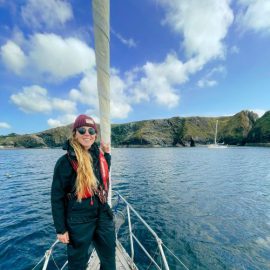
If you are passionate about the oceans and the issue of micro-plastics you can pledge to her campaign in return for a piece of her beautiful art-work.
We are lucky enough that Chrystal had the time before her voyage and World Ocean Day to interview with us.
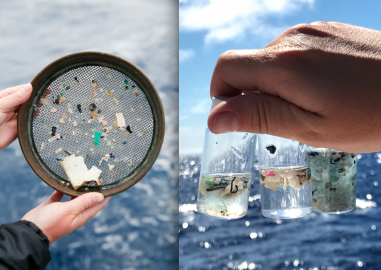
So what did Chrystal have to say?
How did you come up with the idea for of sculpting plastic from the ocean?
I’ve always been interested in depicting the landscape through art. Throughout my art practice I studied the Australian landscape closely, it became strikingly obvious that plastic was a defining feature. Rather than lamenting this I felt obliged, and still do, to do something about it.
I spent many hours collecting plastic waste from forests, paddocks, gullies, marshes and scrub to experiment with in the studio. After two years of experimentation I found several ways of sculpting plastic using heat and pressure. I was able to make striking representations of natural forms that pointed to the ecological and climate crisis we currently face.
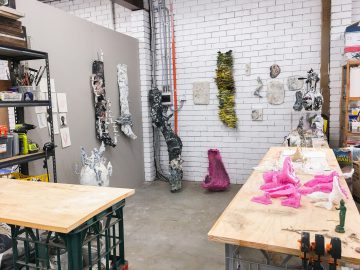
Whilst my focus has been larger plastic items salvaged from the landscape, my research will now turn to micro-plastics. Micro-plastics are one of the most damaging pollutants as micro-plastic penetrate and kill the blood cells of humans and animals. What makes micro-plastic so dangerous is its size, although there is approximately 24.4 trillion pieces currently in the ocean, it’s very hard to target something so hard to see and collect.
This expedition allows me to innovate ways of collecting micro plastic from the ocean to transform into something meaningful.
What made you decide to use crowdfunding to help pay for your research voyage?
Public funding for arts and artists in general is always extremely limiting. Crowd funding allows me to broaden the outcomes of my research.
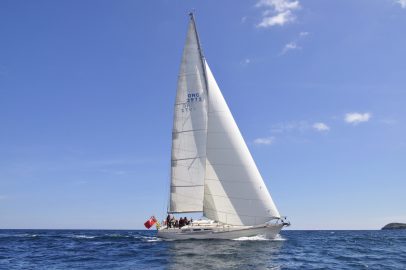
Are there other bene;its of having a crowdfunding campaign other than just raising the funds?
Often you can be limited to the audience you have on social media or within your industry. The crowd funding community offers you the support of others you may not usually be connected with but unite you over a common cause.
Once you had decided to use crowdfunding how long did it take you to create your campaign?
The hardest part of making a campaign is planning — planning rewards, your story and how to manage your content. Once I had my plan in place it took very little time to complete. I worked intensely for six days to complete everything including photography.

What was the most dif;icult part of creating your campaign page?
The most difficult part of creating my campaign was editing my ‘Story’. Often, it is hard to choose what information to keep and what to let go of. Making sure I didn’t have too much or too little information took a much longer than I expected.
Did you have an audience built in advance of your campaign and if so how had you acquired them?
I usually use social media, in particular Instagram, to announce new work and exhibitions. This is where most, if not 90% of my audience comes from.
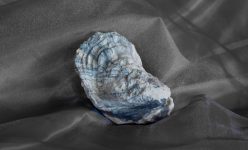
What has been the best part about running your campaign to date?
The overwhelming support from my audience has been by far the best part of the campaign. Often you aren’t aware of how many people, strangers or friends, that really appreciate what you do. This campaign has certainly energised me with the generous support from others.
How did you get to hear about and why did you choose ReadyFundGo?
I knew of all the major crowdfunding organisations however, I was looking for a site that would align with my values. I did a simple search online for Australian crowd funders and I found ReadyFundGo. I was so pleased to find they were carbon neutral with a focus of sustainability and I never looked back.
Remember to check out Chrystal’s campaign page if you would like to be the proud owner of one of her sculptures made from recycled plastic. If you are not near the beach or are unable to pick up some plastic today supporting the campaign is such an amazingly easy way to make a difference today.
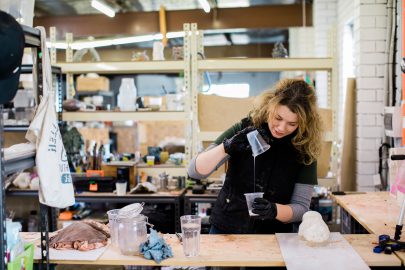
———————————
If you have a project to help the environment and would like to try crowdfunding, you can start creating your campaign HERE today.

